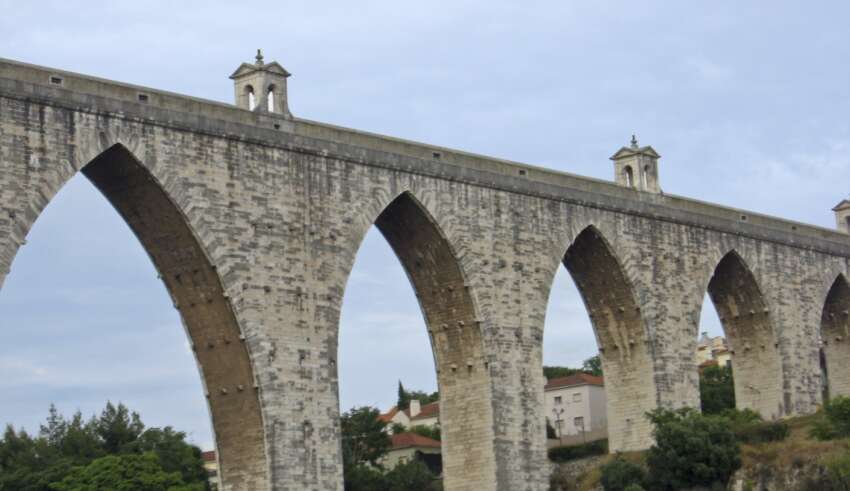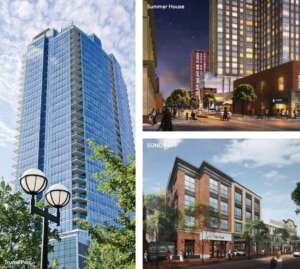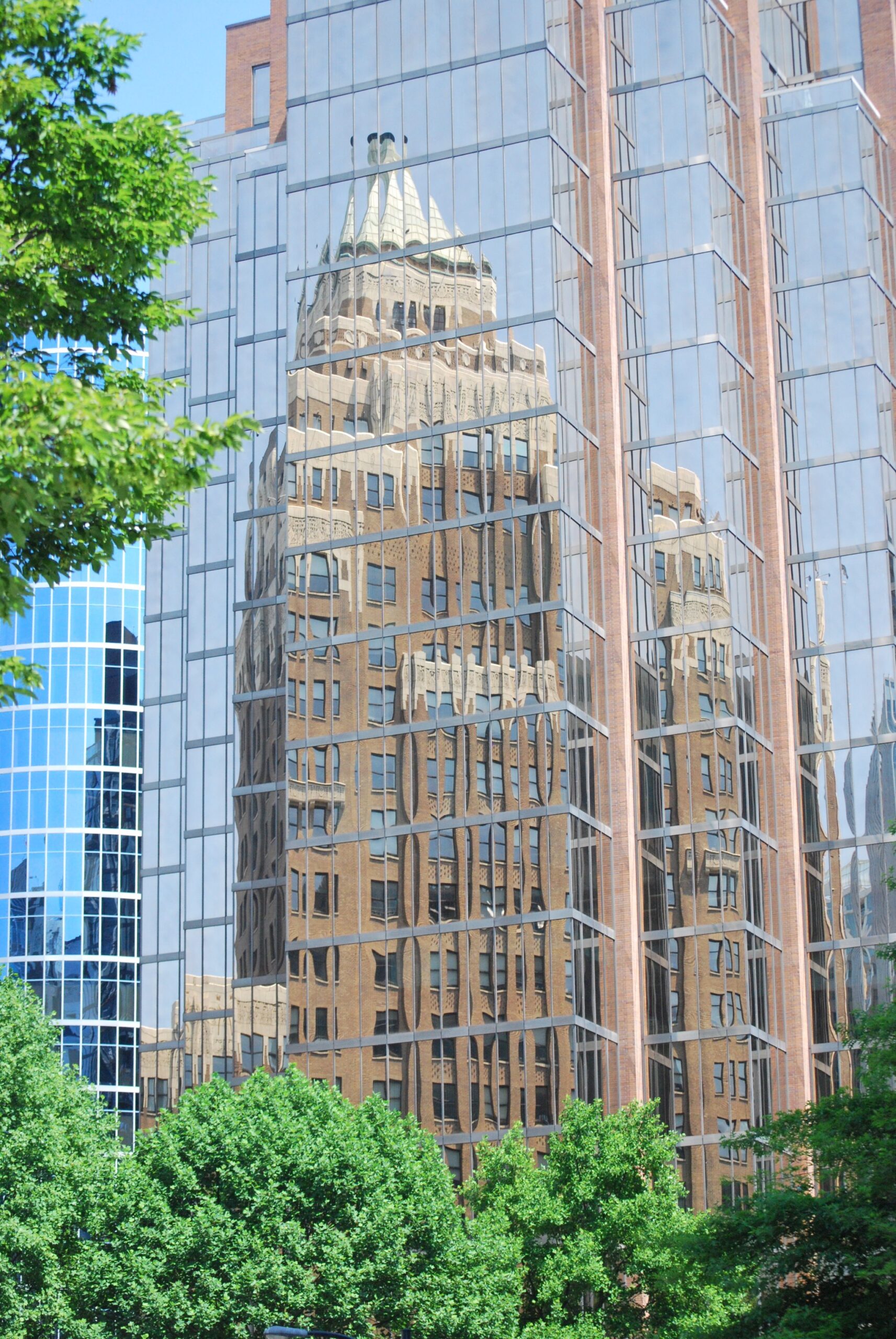
Physical labor for these trade-illiterate men and women consists of going to the gym once or twice a week or simply allowing their limbs to be mobilized by a masseuse or the bubbles in a hot spa. The VUCA-Plus condition of Contradictions was clearly present with the espoused valuing of physical labor being contradicted by the expressed values of “labor” on the tread mill. As Chris Argyris and Don Schon noted many years ago (Argyris and Schon, xxx) contradictions between the words we speak (espoused theory) and the actions we take (theory-in-action) are numerous—including perspectives regarding “use” of our physical body.
Kathleen and I spent the evening at a hotel in Stamford, Connecticut. We were then back on the highway to Manhattan. At times, on this Saturday morning, the traffic flowed freely. At other times, everything came to a sudden stop. Neither the speed nor the stoppage made much sense. The VUCA-Plus condition of Volatility was front and center. What’s with the stop and go of the traffic? After all, this is Saturday morning. No one should be out on the highway! Heavy traffic and the resulting volatility (stop and go) are meant for the weekdays!
I was reminded that many men and women commute each day from Connecticut to Manhattan. They spend many hours in their car: stopping and starting. I suspect that some stress management is required of these commuters, perhaps news or music on the car radio or on XM. Others might (illegally and dangerously) be texting or speaking via mobile phone to their fellow workers, friends, or family members.
 Then there are those commuters who avoid the erratic traffic and life in the automobile. Instead, they live on the train (and perhaps the subway). It is easier (and safer) to communicate by mobile phone, text, or read on the train. The trade-off is a world in which one doesn’t really know any of the other travelers and the sense of community is clearly lacking. Alienation fills the crowded aisles and seats as one waits for the door to open. As Stephen Sondheim declares: “another 100 people just got off the train.’
Then there are those commuters who avoid the erratic traffic and life in the automobile. Instead, they live on the train (and perhaps the subway). It is easier (and safer) to communicate by mobile phone, text, or read on the train. The trade-off is a world in which one doesn’t really know any of the other travelers and the sense of community is clearly lacking. Alienation fills the crowded aisles and seats as one waits for the door to open. As Stephen Sondheim declares: “another 100 people just got off the train.’
I recognized that some of the folks in Connecticut avoid the commute by working in one of the many large buildings near the highway. Rather than living in their car, these mostly corporate workers live in the office elevator and their nook on the 12th floor of the building. Traveled on streets that seemed like thin canyons separating the tightly packed office buildings,
I was reminded of a term used by Robert Sommer, a noted observer of structures and spaces. Having worked (as I did) in the country of Estonia during the last two decades of the 20th Century, Sommer used the term, Stone City, when considering life in the high-rise buildings of this Soviet-occupied country. I found the high-rise office buildings of Connecticut to be Stone Cities in their own right. I suspect there was just as much alienation in these buildings as there was in the stone cities of Estonia.









